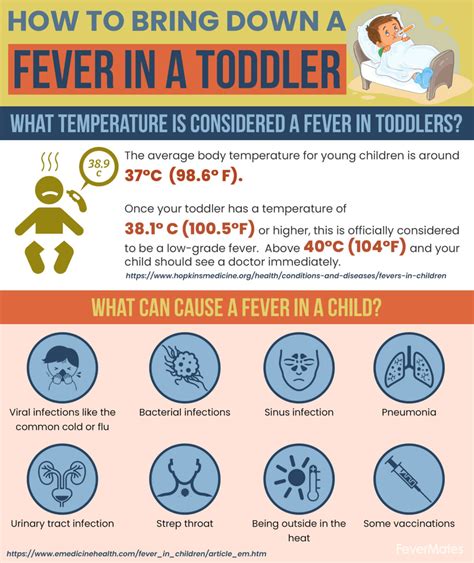How to Reduce a Fever: Safe and Effective Home Remedies
Fevers are a common symptom of various illnesses, often indicating your body's fight against infection. While a fever itself isn't usually dangerous, knowing how to manage it safely and effectively is crucial for comfort and faster recovery. This guide provides practical, home-based methods to reduce a fever, along with when to seek professional medical attention.
Understanding Fevers
Before diving into remedies, it's important to understand what a fever is. A fever is a body temperature above the normal range of 97.8°F to 99°F (36.5°C to 37.2°C). A temperature above 100.4°F (38°C) is generally considered a fever. Different age groups may have slightly different normal temperature ranges, so it's important to consult a healthcare provider if you're unsure.
Safe and Effective Ways to Reduce a Fever at Home
Many methods can help lower your fever, but remember to always consult your doctor, especially for children or individuals with underlying health conditions.
1. Hydration is Key
Drinking plenty of fluids is paramount. Fever causes dehydration, which can worsen symptoms. Water is best, but you can also sip on clear broths, electrolyte drinks (like Pedialyte for children), or diluted fruit juices. Avoid sugary drinks, as they can further dehydrate you.
2. Rest and Relaxation
Your body needs rest to fight off infection. Get plenty of sleep and avoid strenuous activities. Rest helps your body conserve energy for healing.
3. Cool Compresses
Applying cool, damp cloths to your forehead, neck, and wrists can help lower your body temperature. Avoid using ice directly on your skin, as this can cause shivering, which actually raises your body temperature.
4. Lukewarm Baths or Showers
A lukewarm bath or shower (not cold!) can be soothing and help reduce fever. Avoid very hot water, as this can raise your temperature. The goal is to cool your skin, not shock your system.
5. Light Clothing
Wear light, loose-fitting clothing to allow your skin to breathe and help regulate your body temperature. Avoid heavy blankets or layers that can trap heat.
6. Over-the-Counter Medications
Over-the-counter medications like acetaminophen (Tylenol) or ibuprofen (Advil, Motrin) can help reduce fever. Always follow the dosage instructions on the label carefully and consult a doctor or pharmacist if you have any questions or concerns. Never give aspirin to children or teenagers.
When to See a Doctor
While many fevers resolve on their own, it's crucial to seek medical attention in certain situations:
- Fever in infants under 3 months: Always consult a doctor for any fever in infants under 3 months old.
- High fever (over 104°F or 40°C): A very high fever requires immediate medical attention.
- Fever lasting longer than 3 days: If your fever persists for more than three days despite home remedies, seek medical advice.
- Accompanying severe symptoms: If your fever is accompanied by severe headache, stiff neck, difficulty breathing, rash, confusion, or seizures, seek immediate medical attention.
- Underlying health conditions: If you have any pre-existing health conditions, consult your doctor before taking any over-the-counter medications or using home remedies.
This information is for general knowledge and does not constitute medical advice. Always consult a healthcare professional for diagnosis and treatment of any medical condition. They can help determine the underlying cause of your fever and recommend the best course of action.
